- ` and `
- ` elements to build page structures. This article explains the process in detail.
After understanding the concept, I created some sample data (a JavaScript object) to represent the tree structure.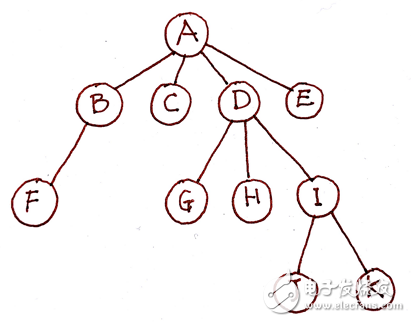
Finally, I implemented a recursive function to generate the HTML tree structure. Originally written in ES6 JavaScript, I've rewritten it here in TypeScript for clarity and type safety.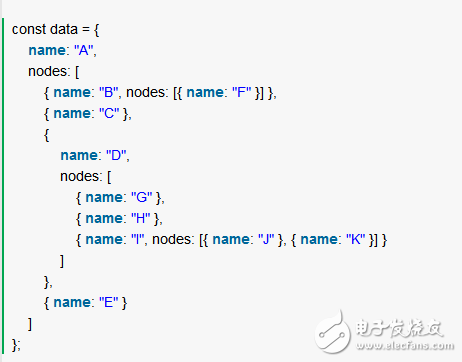
The result looks great.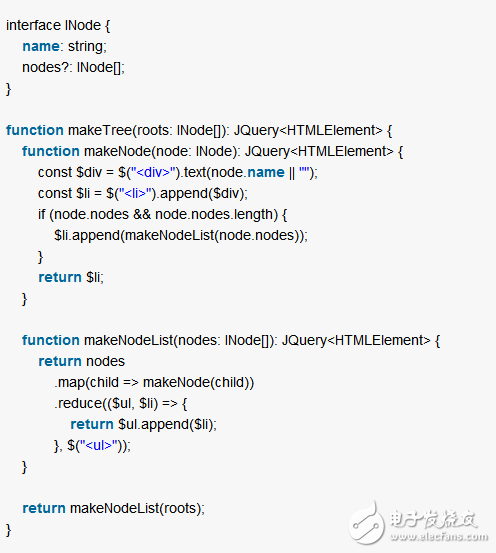
A friend mentioned he didn't fully understand the code, so I decided to walk through the basics again. **Traversal Methods** There are two main ways to traverse tree data: breadth-first and depth-first traversal. Breadth-first is typically implemented with queues, while depth-first is often handled with recursion.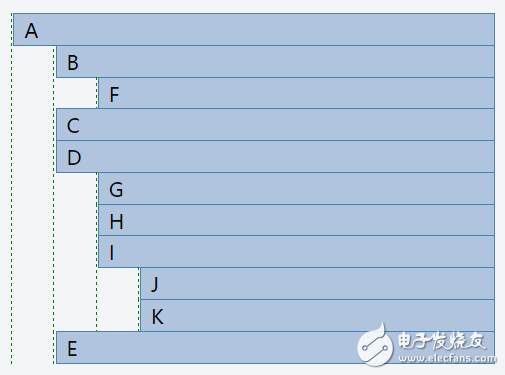
**Breadth-First Traversal** The process of breadth-first traversal can be visualized as follows: 1. Initialize an empty queue. 2. Add the root node(s) to the queue. 3. Dequeue a node. 4. Process the node (e.g., display or manipulate). 5. Enqueue all its child nodes. 6. Repeat until the queue is empty.
In TypeScript, `const node = queue.shift()!` uses the non-null assertion operator (`!`) to ensure the value is not `undefined`. The `.shift()` method returns `undefined` if the array is empty, but in this case, we're confident that a node exists. It's important to note that using a `for` loop instead of a `while` loop may lead to incorrect behavior because the queue length changes during iteration. **Depth-First Traversal** Depth-first traversal is naturally implemented using recursion. Recursion involves two key points: the recursive call point and the base case (exit condition). For example, when processing a tree node, you would: - Call the function recursively on each child node (recursive call). - Stop when there are no more children (base case). Here's a pseudocode example: ``` function printNode(node) { // Process the current node console.log(node.value); // Recursively process children for (let child of node.children) { printNode(child); } } ```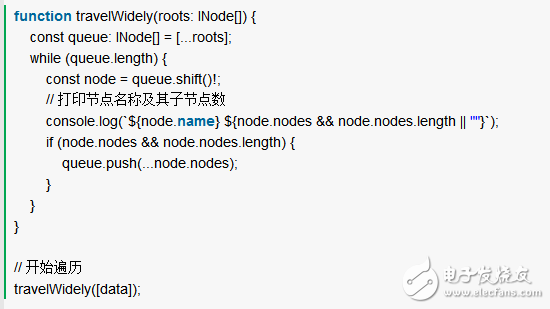
This simple structure handles the core logic, but real-world implementations require error handling and proper entry points. **Generating DOM Nodes** Both traversal methods were discussed, but the goal wasn't just to print data—it was to generate a DOM tree. Unlike simple printing, generating DOM requires building structured HTML elements based on the tree data. **Depth-First DOM Generation** This approach is easier to implement with recursion. Each recursive call goes deeper into the tree, preserving structural information naturally. The code typically includes two functions: - `makeNode` processes a single node. - `makeNodeList` handles a list of child nodes. These functions call each other, forming a recursive pattern. The base cases occur when there are no more children to process. **Breadth-First DOM Generation** With breadth-first traversal, the tree structure is lost unless we attach DOM elements to the original data. One way to do this is by binding the generated DOM to each node. However, modifying the original data can cause side effects, which is generally not ideal. To avoid this, we can create a new structure that maintains the tree hierarchy without altering the original data.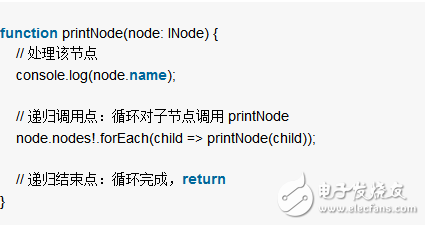
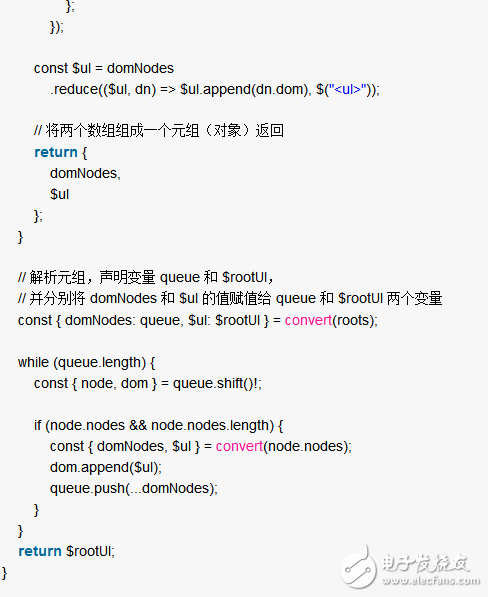
Magnetic Transducer External Drive Type
The magnetic transducers (External Drive Type) are versatile and customizable to different physical sizes, housings, mounting options, power consumptions. Our magnetic transducers are engineered to be used with an external drive circuit. This allows our customers the flexibility to design and customize the circuitry to meet their needs. External circuitry allows different frequency ranges to be used to create multiple sounds through excitation waveform. Our magnetic transducers come in a slim-line profile and are a cost-effective solution. Our extensive capabilities make our magnetic transducers an excellent solution for high/low tones, siren, and chime sounds.
Piezoelectric Buzzer,Passive Magnetic Buzzer,External Drive Buzzer,Magnetic Transducer External Drive Type
Jiangsu Huawha Electronices Co.,Ltd , https://www.hnbuzzer.com
How to use recursive traversal to transform tree data
How to generate HTML from a tree's JSON array using `